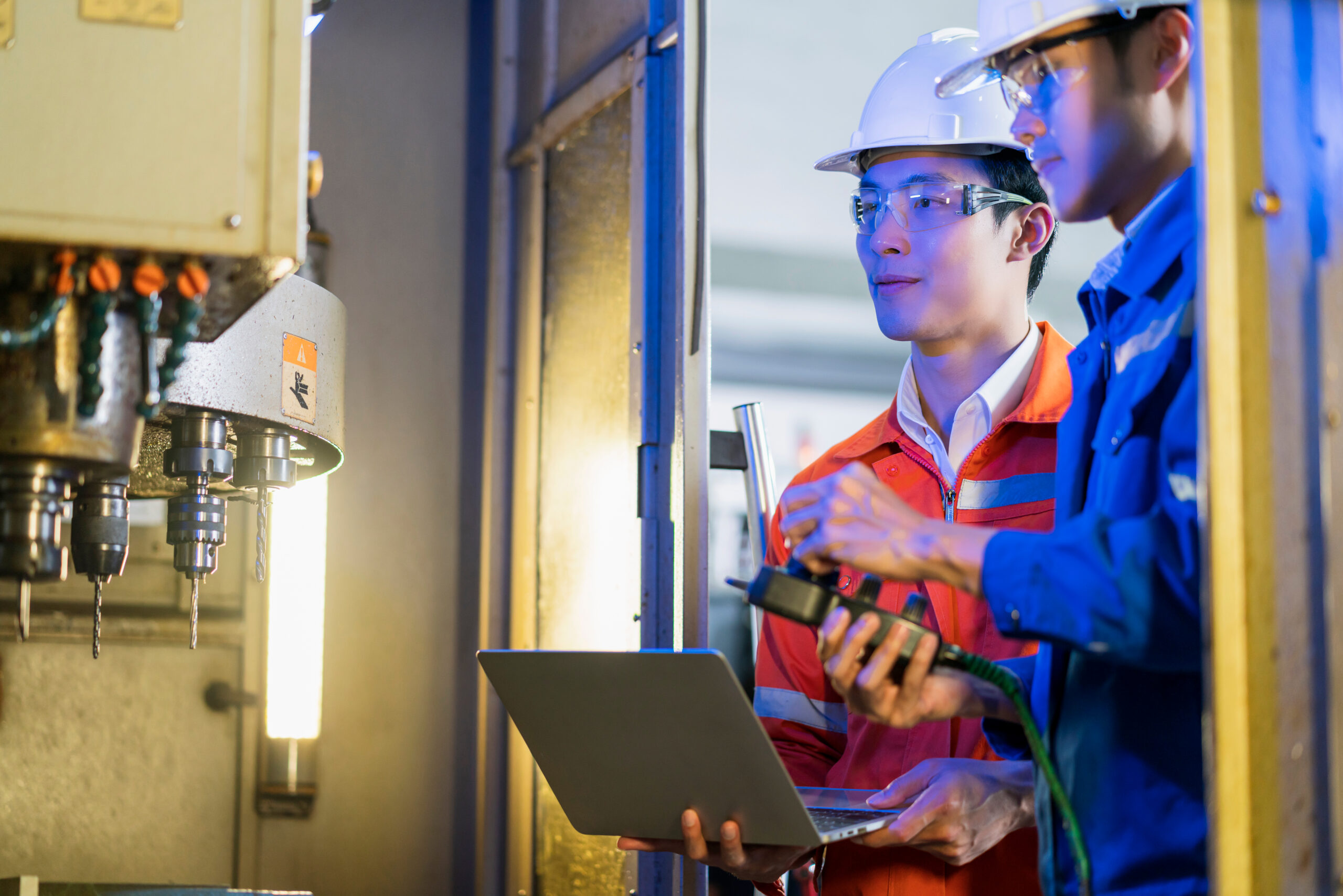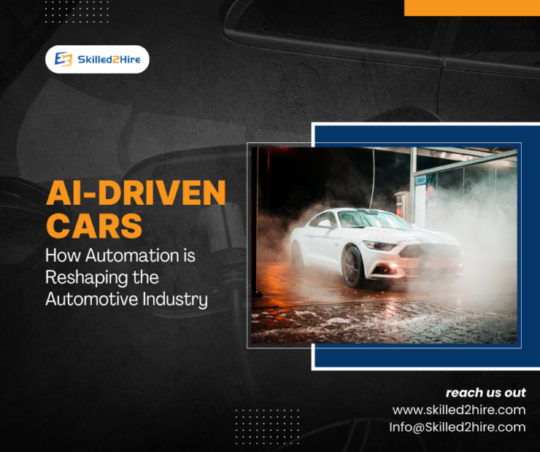As we near 2025, the automotive industry is shifting with AI and automation in the automotive industry, boosting upskilling needs. The toolbelt generation is key, and apprenticeships are vital to train automotive talent for this tech-driven future.
1. The Rise of Autonomous Vehicles
- Self-Driving Technology: Companies like tds automation inc advance AI, requiring technician training for the gen z toolbelt generation.
- Safety Enhancements: Autonomous cars cut errors, a focus for mechanic apprenticeship programs at jatc san jose ca.
2. AI-Powered Driver Assistance Systems
- Advanced Driver Assistance Systems (ADAS): Technical mentoring from grand valley automation inc refines apprentice training for ADAS.
- Personalized Driving Experience: AI tailors rides, a skill vocational training hones for the tool belt generation.
3. Enhanced Connectivity and Smart Features
- Connected Cars: IoT and AI demand hands-on training management, engaging the gen z tool belt generation.
- Voice Recognition: Training software helps the toolbelt generation master hands-free tech.
4. Predictive Maintenance and Diagnostics
- AI-Driven Maintenance Solutions: Training platforms prep apprentice recruiting for predictive tools.
- Remote Diagnostics: On the job learning enhances automotive upskilling for remote fixes.
5. Revolutionizing Manufacturing Processes
- Automated Production Lines: Vocation training via apprenticeship programs boosts efficiency.
- Supply Chain Optimization: Skilled trade apprenticeship programs streamline parts flow.
6. Sustainability and Environmental Impact
- Energy Efficiency: Technician upskilling for EVs aligns with gen z toolbelt generation green goals.
- Reducing Emissions: Vocational education optimizes driving patterns.
7. The Future of Mobility
- Mobility as a Service (MaaS): Apprenticeship training software readies the toolbelt generation for ride-sharing.
- Integration with Smart Cities: Technical mentoring preps trainees for smart infrastructure.
Conclusion
AI and automation in the automotive industry reshape driving and manufacturing, needing apprenticeships for automotive talent.
Hire skilled pros with automotive recruiters at Mechanics Marketplace.
Check mechanics marketplace reviews to connect with top talent for your garage.

